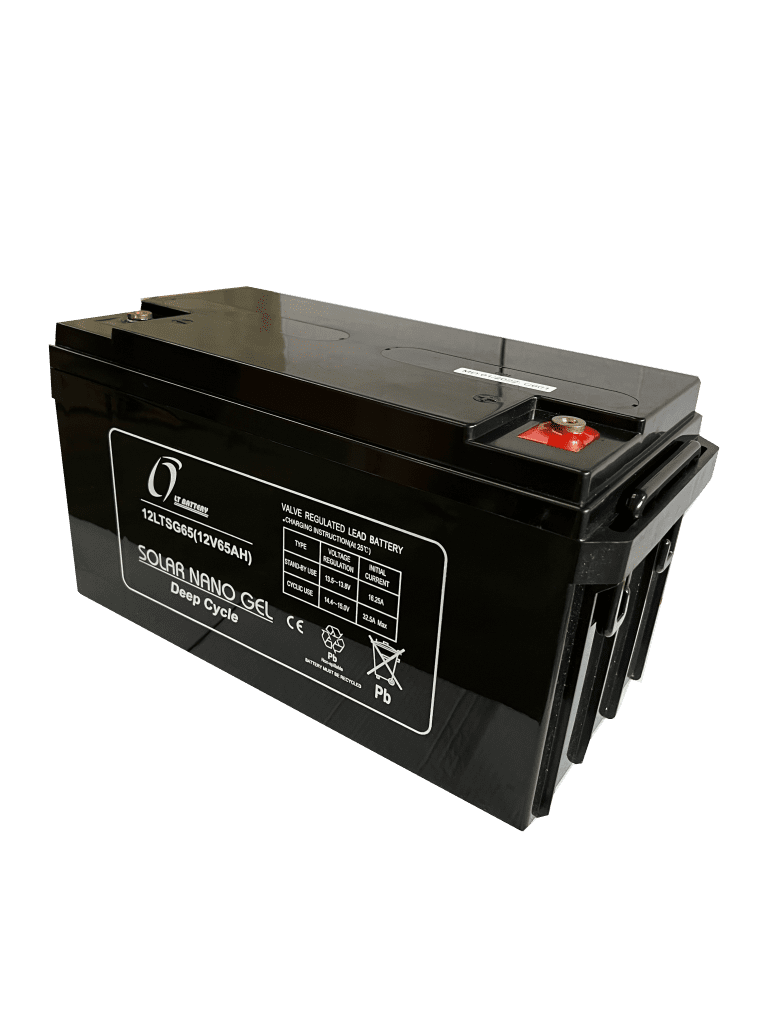Critical UPS Planning for Mountainous Environments
페이지 정보
작성자 Fern Taggart 작성일 25-10-09 01:14 조회 34 댓글 0본문

When installing a UPS system at high altitudes several environmental factors must be carefully considered to ensure reliable performance and long-term durability. At greater heights, air pressure decreases, which directly affects the cooling efficiency of electronic equipment. Most UPS units are designed for operation at or near sea level, where air density is sufficient to carry heat away from components like transformers, inverters, and batteries. Above 2,000 meters, the reduced air density impairs natural convection and forced air cooling, leading to higher internal temperatures and potential thermal shutdowns or component degradation.
A critical initial step is reducing the rated output. Manufacturers typically specify a maximum operating altitude, often around approximately 6,600 feet. Beyond this point, the UPS must be de-rated by a certain percentage—usually 10 percent per 1,000 meters—to compensate for reduced cooling. Failing to apply this derating can cause the system to overheat during normal operation, especially under partial or full load. Always consult the equipment datasheet for altitude-specific derating curves and follow the manufacturer’s guidance.
Lead-acid battery behavior at altitude demands special attention. Lead acid batteries, commonly used in UPS systems, are sensitive to both thermal and atmospheric variations. High-altitude installations often experience lower ambient temperatures, which can reduce battery capacity and slow chemical reactions. In poorly ventilated enclosures, the internal temperature can rise, accelerating battery degradation and shortening lifespan. Choose temperature-stable battery models, installing additional cooling or ventilation, باتری یو پی اس or using temperature-compensated charging systems.
Electrical insulation performance degrades at height. Lower air pressure reduces the dielectric strength of air, which increases the risk of arc flash events in tight spaces. While most modern UPS systems are designed with adequate internal clearances for sea level, sites exceeding 3 km elevation may require special consideration. Specialized upgrade packages are available that include modified internal layouts or enhanced dielectric barriers to meet safety standards at elevation.
Airflow planning requires adjustment for thin air. Fans may need to run constantly at elevated RPMs to maintain cooling, which increases energy usage and component fatigue. In very remote or extreme environments, consider secondary cooling circuits or liquid cooling options. Keep air pathways clear at all times by frost and particulate buildup.
Proactive oversight is essential at remote sites. Maintenance visits are infrequent and costly, so having instant warnings for critical parameters allows for preventive intervention. Integrating smart UPS management and thermal overload safeguards can prevent damage during sudden overheating.
High-altitude UPS systems demand specialized engineering beyond conventional setups. Adjusting output ratings, selecting appropriate batteries, upgrading dielectric safety margins, optimizing airflow, and activating cloud-based diagnostics are all essential steps. Working closely with the manufacturer and following their elevation-adjusted guidelines will ensure the system operates without failure under extreme conditions under challenging environmental conditions.
댓글목록 0
등록된 댓글이 없습니다.
